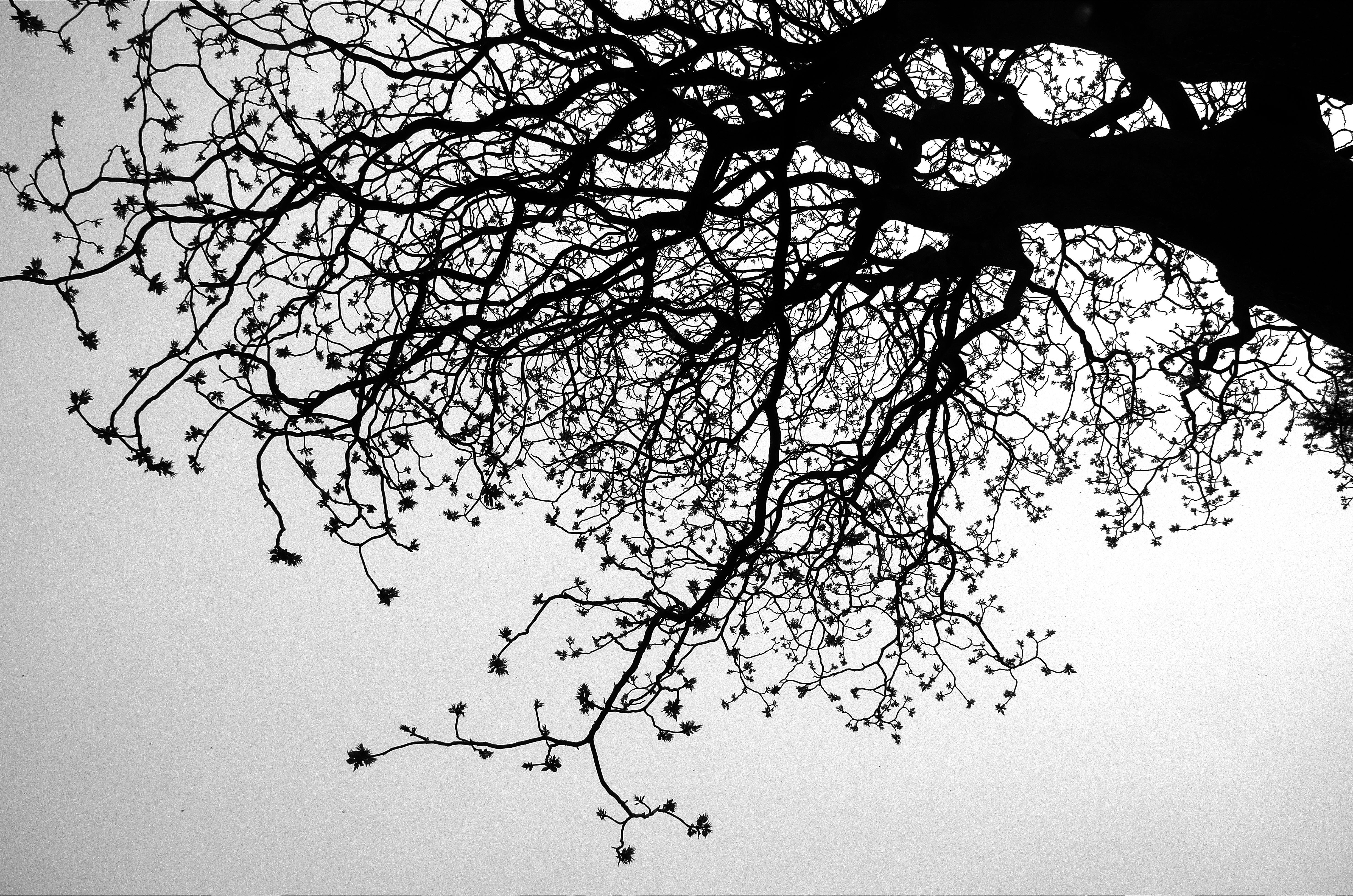The first pages of children’s classic A Tree Grows in Brooklyn describe eleven-year-old Francie Nolan sitting on her Brooklyn fire escape, daydreaming that she lives in a tree. For Francie, it wasn’t hard to imagine; tree limbs curled gracefully around the fire escape, shading her from the summer sun with umbrellas of pointed leaves.
The tree that sheltered Francie, writes author Betty Smith, was the kind that people sometimes called the tree of heaven, but it usually grew in prosaic places like abandoned lots and garbage heaps. It grew out of cement sidewalks and brick walls, and at the turn of the last century, when the book takes place, it grew only in the city’s tenement districts. “That was the kind of tree it was,” Smith writes. “It liked poor people.”
It wasn’t always so. In the 1820s, the tree of heaven—Ailanthus altissima—was a pricey, sought-after Chinese import to the United States, promoted as a quick cure for urban ills. City reformers argued that trees beautified the streets, cleaned the air, raised property values, and cooled an increasingly crowded populace, and the insect-resistant Ailanthus, which can grow ten feet in a season, was welcomed at New York’s best addresses.
As the trees matured, their human neighbors discovered a problem: they stink. In summer, when Ailanthus are flowering, their smell—likened to rancid peanuts, gym socks, or semen—can be overpowering. In a time when disease outbreaks were common, and often believed to be caused by mysterious “miasmas,” the smell was considered not just a nuisance but a threat. By the 1850s, as historian Catherine McNeur reported in a paper presented at the American Society of Environmental History conference earlier this year, New Yorkers were blaming their headaches and allergies on the smell, and one mother told the New York Times that her children’s illnesses had been caused by the “poisonous effluvia of this loathsome Ailanthus.”
By 1853, Congress had ordered the District of Columbia to stop planting Ailanthus on its streets, and in 1855, the New York Times called not only for a ban on planting but for a mass uprooting: “Every man who has an ailanthus tree in his neighborhood, should make it his duty to destroy it.”
But Ailanthus had already made the most of its enthusiastic welcome. During the initial craze for the species, nurseries had shipped plants all over North America, and the tough, fast-growing tree had established itself in cities throughout the continent. Writers soon likened the tree’s spread to an invasion by a hostile force—horticulturist Andrew Jackson Downing described his passionate opposition to the Ailanthus as a “a patriotic objection”—and drew xenophobic parallels between the immigrant tree and immigrant people. The once-admired Ailanthus, wrote the New York Times, had turned out to be a “filthy and worthless foreigner.”
With great effort, the tree was more or less banished from richer neighborhoods. But more than two hundred years after its arrival on North American shores, writes historian Jill Jonnes, the Ailanthus remains the most successful introduction of a tree species to the American urban landscape. Hated, tolerated, and sometimes beloved, the tree of heaven still thrives on roadsides, in vacant lots, and in neighborhoods like Francie’s, where its canopies continue to shade all comers.
Top photo of an Ailanthus canopy by Flickr user Magnus Hagdorn. Creative Commons.

Ah, come on all you GMO-ers. Fix the smell.
That is ridiculously cool. I believe kudzu was an equally “innocuous” introduction, fueled by similar exoticism of the “orient”.